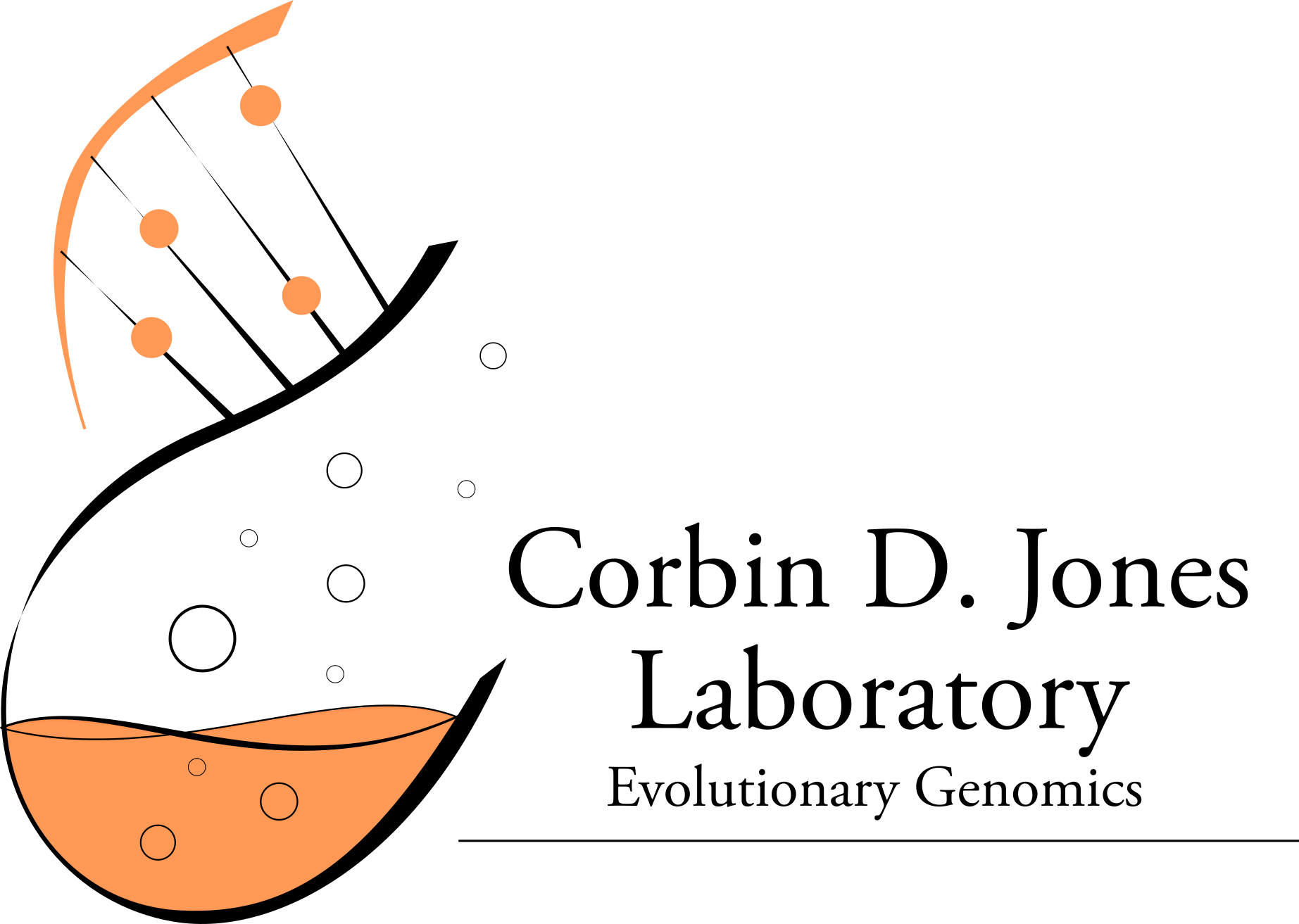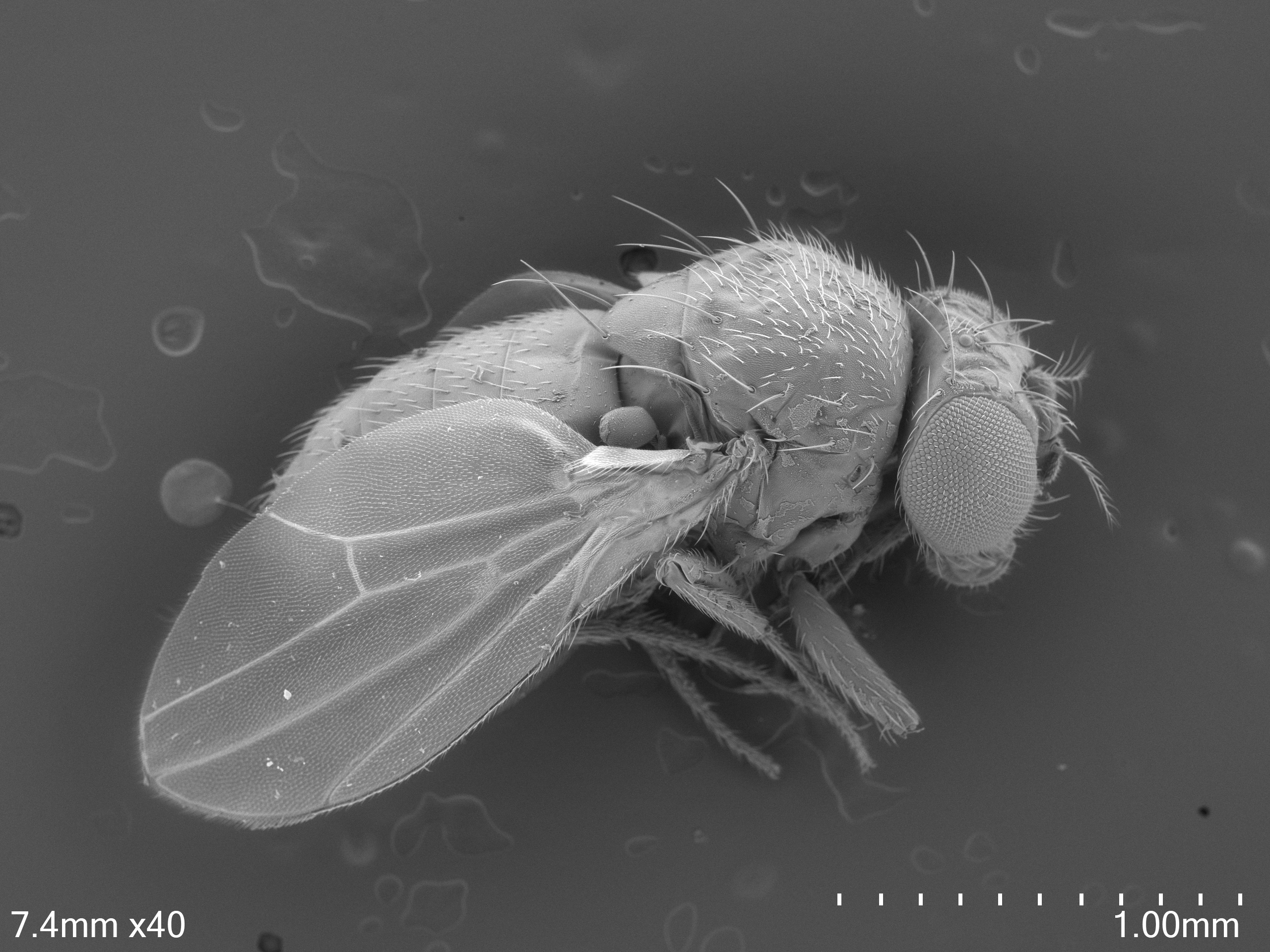 In simplest terms, natural selection results in either conservation, the maintenance of an existing phenotype, or innovation, the production of a new form that is potentially better adapted to an organism’s environment. The dynamic between conservation and innovation gives rise to the astounding diversity of morphologies, physiologies, and behaviors seen among all living things. While innovation is a defining property of evolution, the nature of innovation remains poorly understood. Are there common themes that define innovation? What properties and processes enable or bias innovation across species and traits? As most organisms have multiple ways of overcoming environmental or ecological challenges, I want to know why a particular set of genes or traits are the ones that evolve.
In simplest terms, natural selection results in either conservation, the maintenance of an existing phenotype, or innovation, the production of a new form that is potentially better adapted to an organism’s environment. The dynamic between conservation and innovation gives rise to the astounding diversity of morphologies, physiologies, and behaviors seen among all living things. While innovation is a defining property of evolution, the nature of innovation remains poorly understood. Are there common themes that define innovation? What properties and processes enable or bias innovation across species and traits? As most organisms have multiple ways of overcoming environmental or ecological challenges, I want to know why a particular set of genes or traits are the ones that evolve.
I primarily use Drosophila to study innovation. Drosophila is one of the oldest genetic and evolutionary model systems. As a result, we have a deep understanding of Drosophila biology and superb genetic tools. The sequencing of multiple Drosophila genomes and recent whole-genome population genetic data have further enriched this system. From these genomic data, I can identify patterns and processes underlying adaptive evolution and innovation within and between species. I can experimentally test these evolutionary hypotheses using the powerful genetic toolkit of D. melanogaster.
Understanding the genetics of innovation in any system demands characterizing the genetic and genomic changes associated with these innovations. Advances in DNA/RNA sequencing are revolutionizing our ability to capture these changes. New technologies allow us to assess variation in genomes on scales ranging from one to billions of bases and to pinpoint the nucleotides that make an organism genetically unique. These technologies also produce “big data” that is a challenge to store and analyze. Over the past few years, my lab group and our collaborators have worked to develop novel statistical and computational algorithms for making sense of these data.

